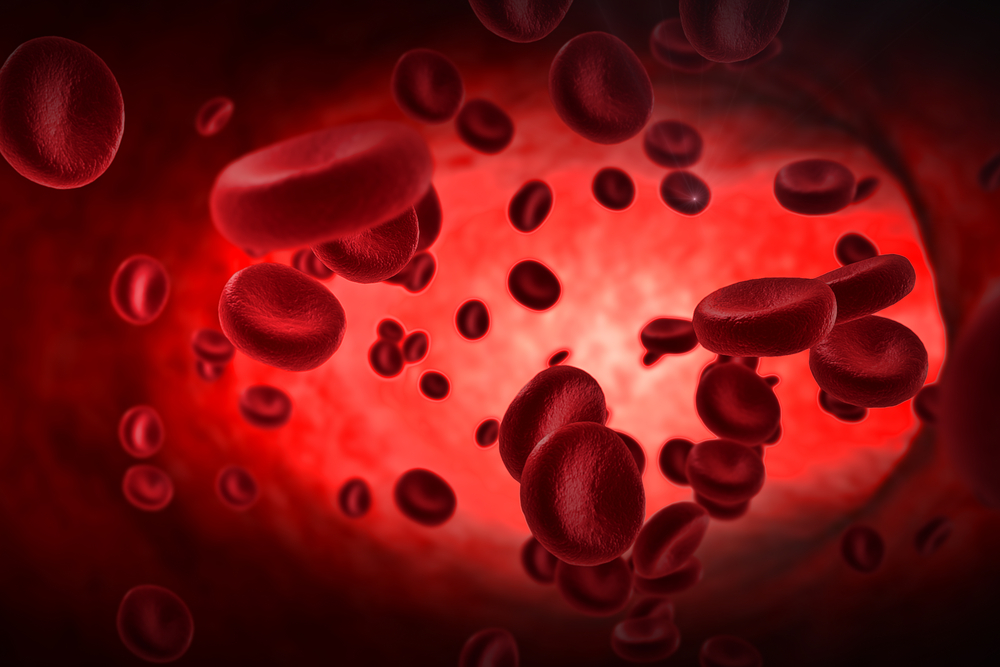Howard University President Launches ‘Run To Cure Sickle Cell’ Campaign
Written by |

Howard University President Wayne A.I. Frederick has unveiled a campaign to raise awareness and funds for the school’s Center for Sickle Cell Disease.
“I am proud to officially launch the Run to Cure Sickle Cell campaign,” said Frederick, MD, MBA, FACS, in a press release. “At birth, I was diagnosed with sickle cell anemia. While living with sickle cell at times has been a painful journey, it has also served as a source of motivation for me becoming a physician. “
Called Run to Cure Sickle Cell, the campaign will conclude in September (specific date to be determined) in Washington, D.C., with the center’s 13th annual Stomp Out Sickle Cell 5K Walk, which benefits the center and Faces of Our Children, an organization dedicated to raising awareness, support, and funding for sickle cell disease (SCD) research.
Campaign proceeds will go toward expanding the center’s clinical and translational programs, with an emphasis on new treatments and opportunities to develop a cure. Funds will also be used for community outreach, particularly screening for the sickle cell trait. Individuals with the trait usually don’t have SCD symptoms, but they can pass the trait on to their children.
To donate, go to the Center for Sickle Cell Disease Donations page.
In 2018, Frederick pledged to run a 5K race monthly this year to raise awareness of the disease that affects some 100,000 U.S. residents, most of them African-American, according to the Centers for Disease Control and Prevention.
“I hope that the Run to Cure Sickle Cell campaign encourages others living with the disease to pursue their dreams without restriction,” Frederick said. “Together, we can work together to find a cure.”
SCD patients have red blood cells that resemble a sickle, which break down prematurely and ultimately impede blood flow to organs and tissues. The disorder can cause extreme pain, spleen damage, anemia, and other symptoms. The disease is the most common inherited blood disorder.
Physicians largely treat SCD complications as they occur. Treatments may include antibiotics, vitamins, blood transfusions, pain-relieving medications, and sometimes surgery to correct vision problems or to remove a damaged spleen.
Endari (L-glutamine) was the first approved pediatric treatment for sickle cell disease by the U.S. Food and Drug Administration (FDA), and the first new treatment for adults, in roughly 20 years.
Before that, hydroxyurea, used to treat severe pain, was the only approved sickle cell therapy.
Novartis’ investigational compound crizanlizumab — another therapy with the potential to block vaso-occlusive crises — recently received breakthrough therapy designation from the FDA.
According to the press release, the Center for Sickle Cell Disease has participated in every major clinical trial that’s led to approved SCD treatment.
“The Center is committed to treating patients and ultimately finding a cure for sickle cell, and I am encouraged that this campaign will help raise the funds needed to expand critical research programs and treatments,” said James Taylor VI, the center’s director.
Founded in 1972 with a grant from the National Institutes of Health, the center, based at Howard University Hospital, offers patient services, including adult transition, and community outreach and education.





